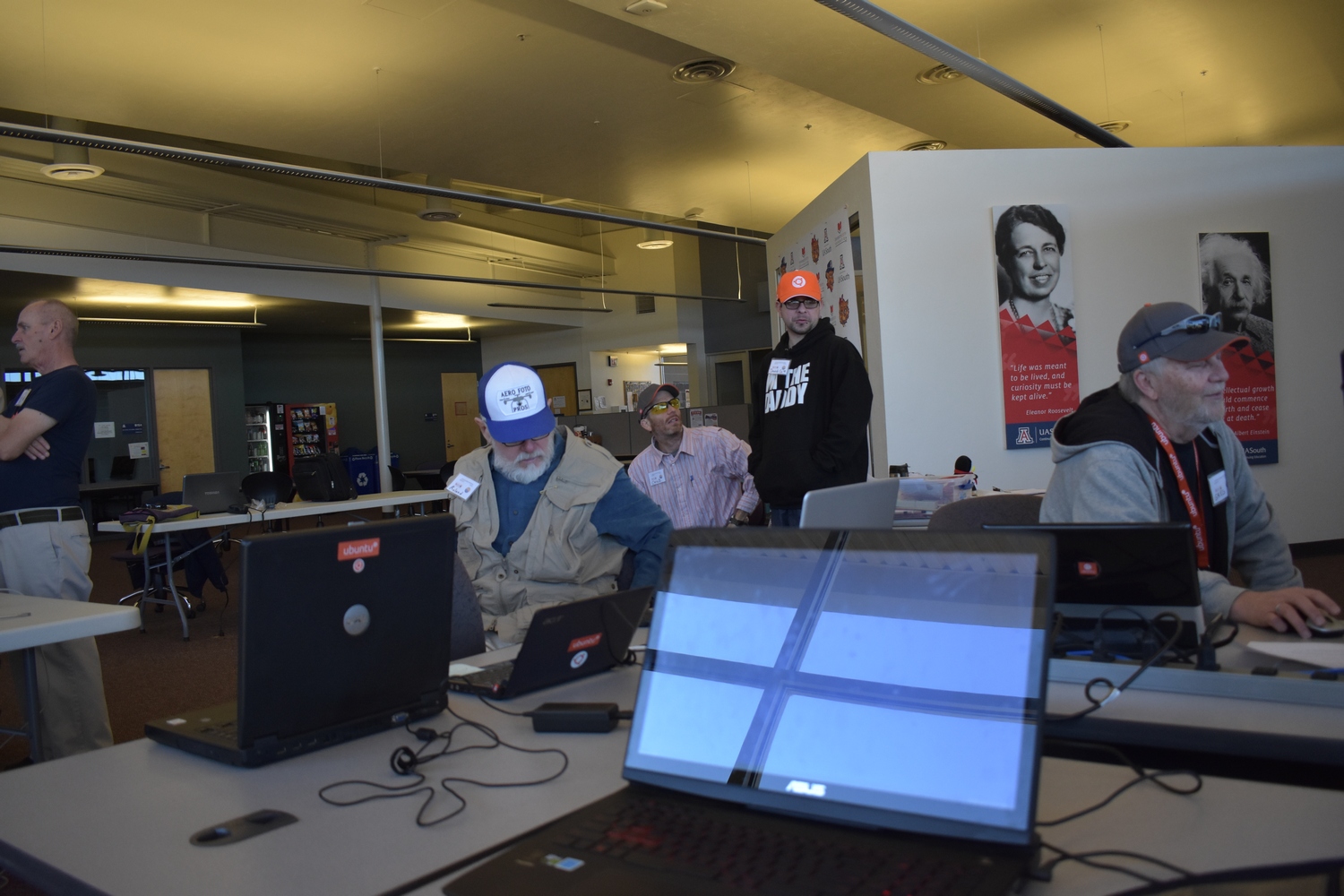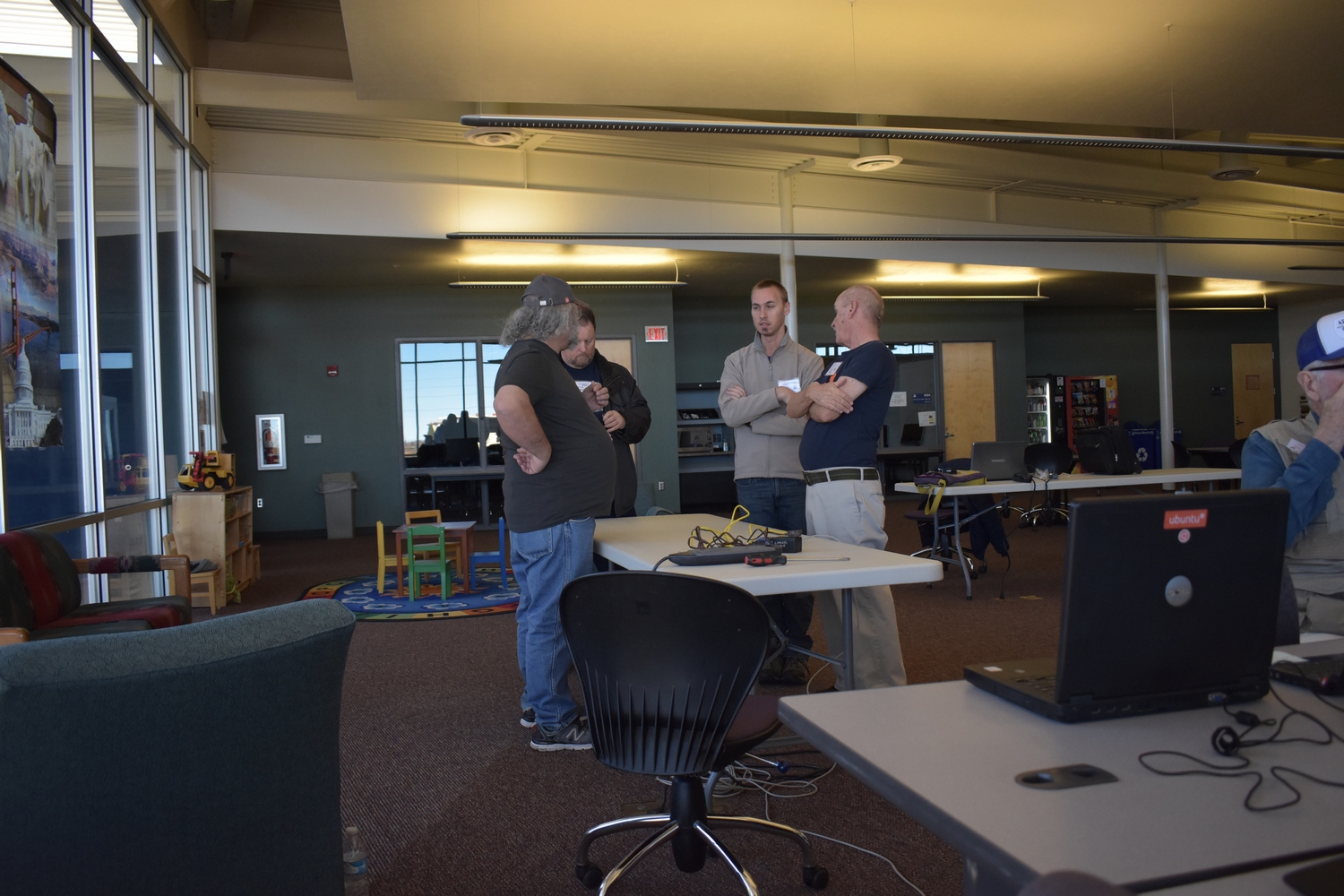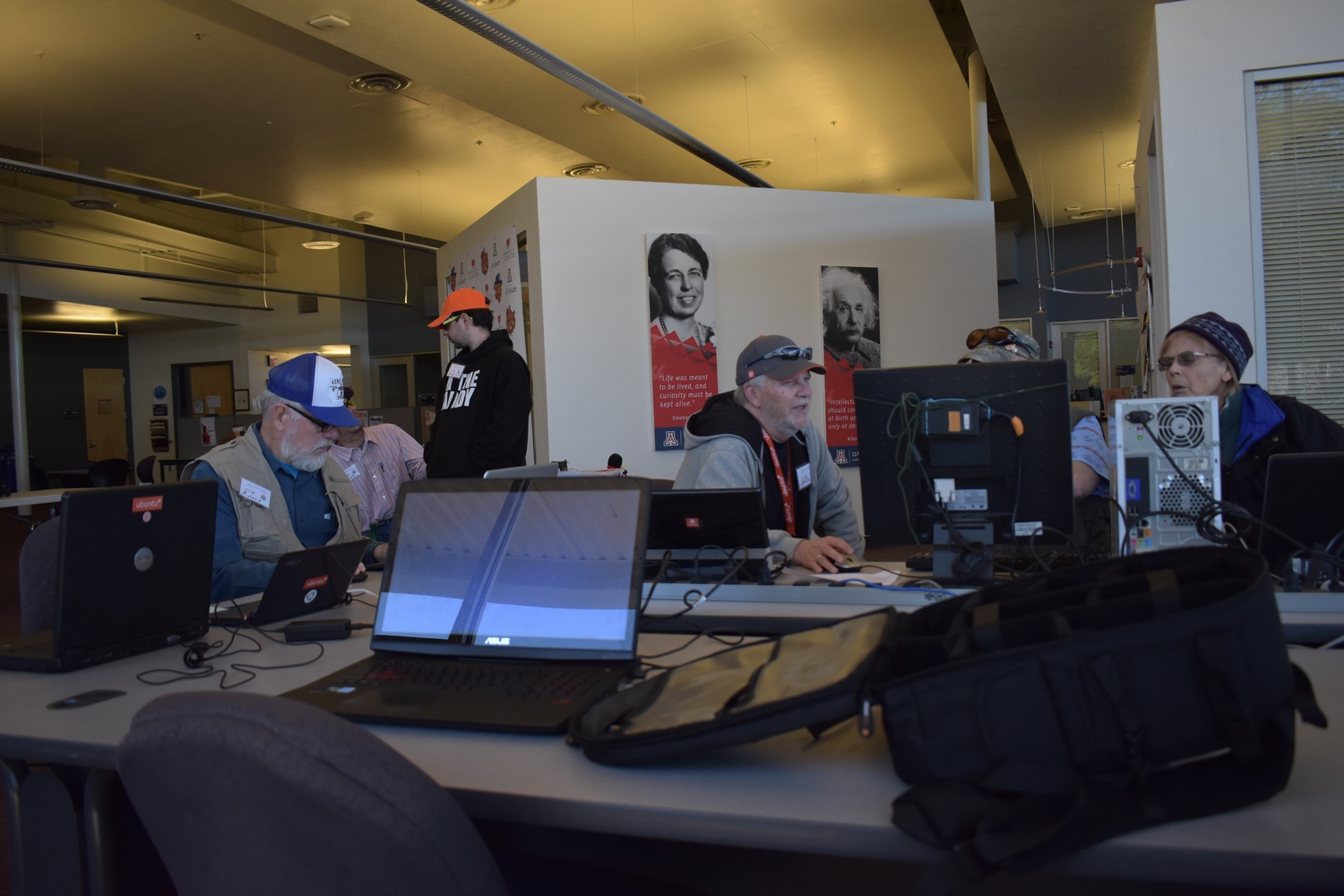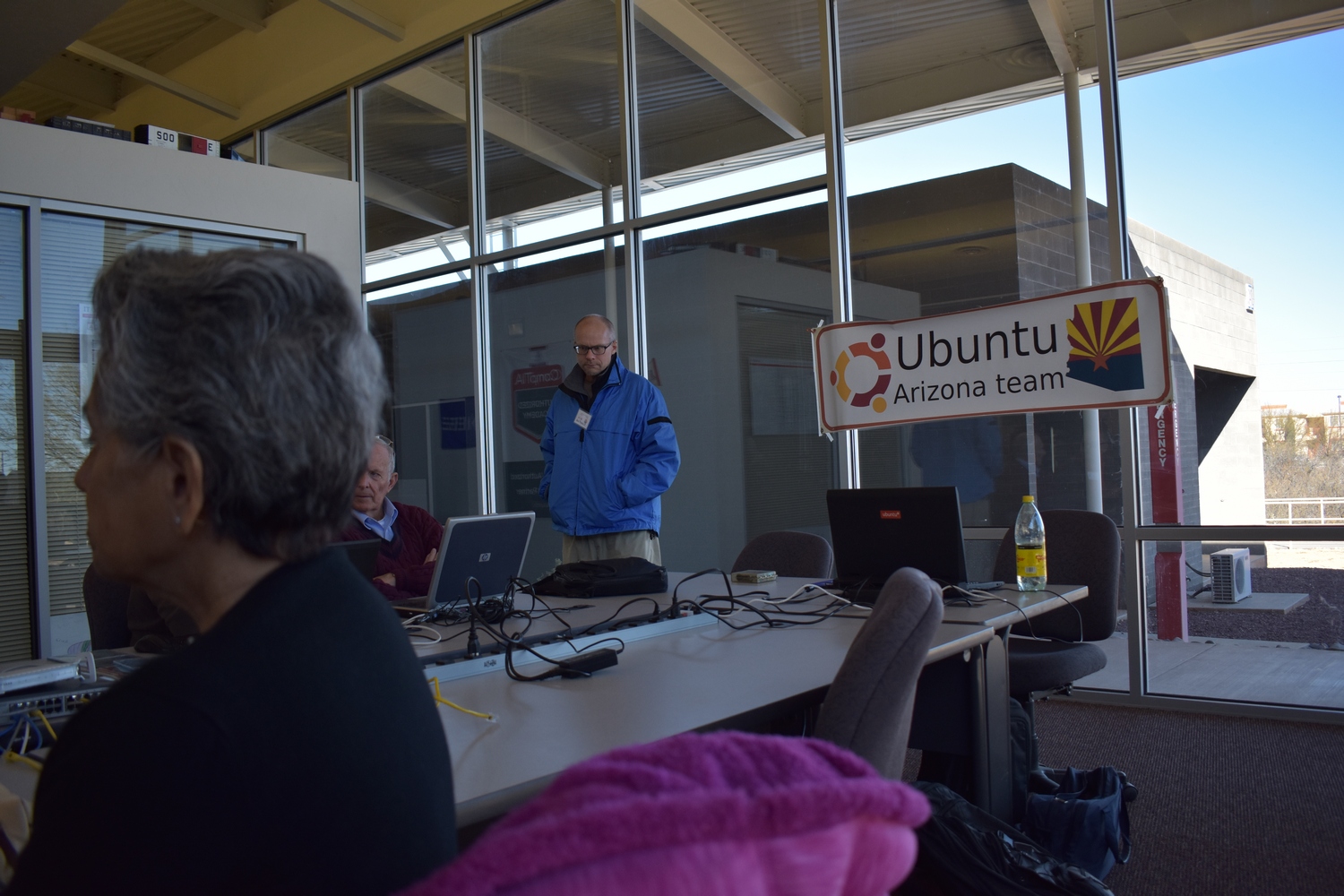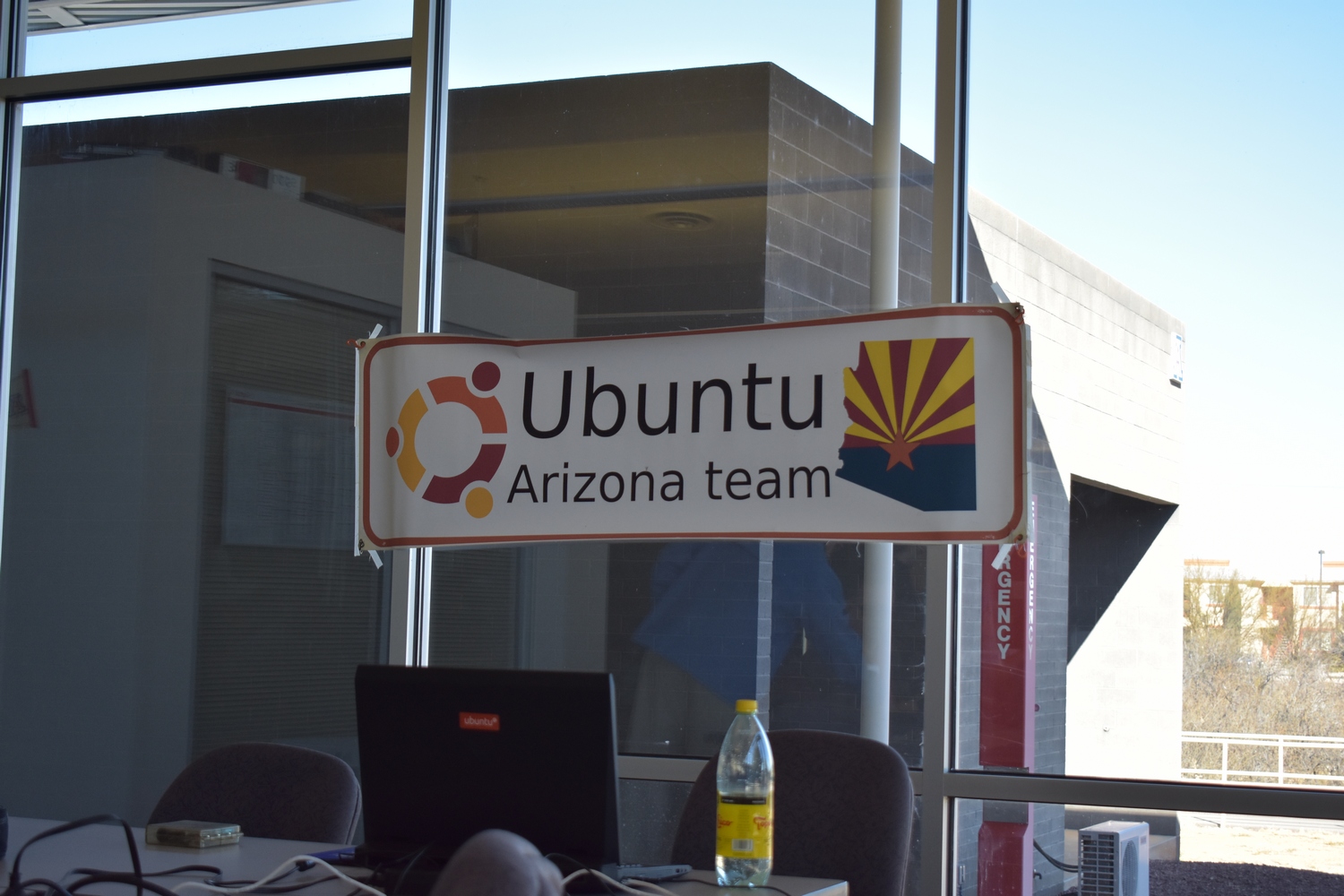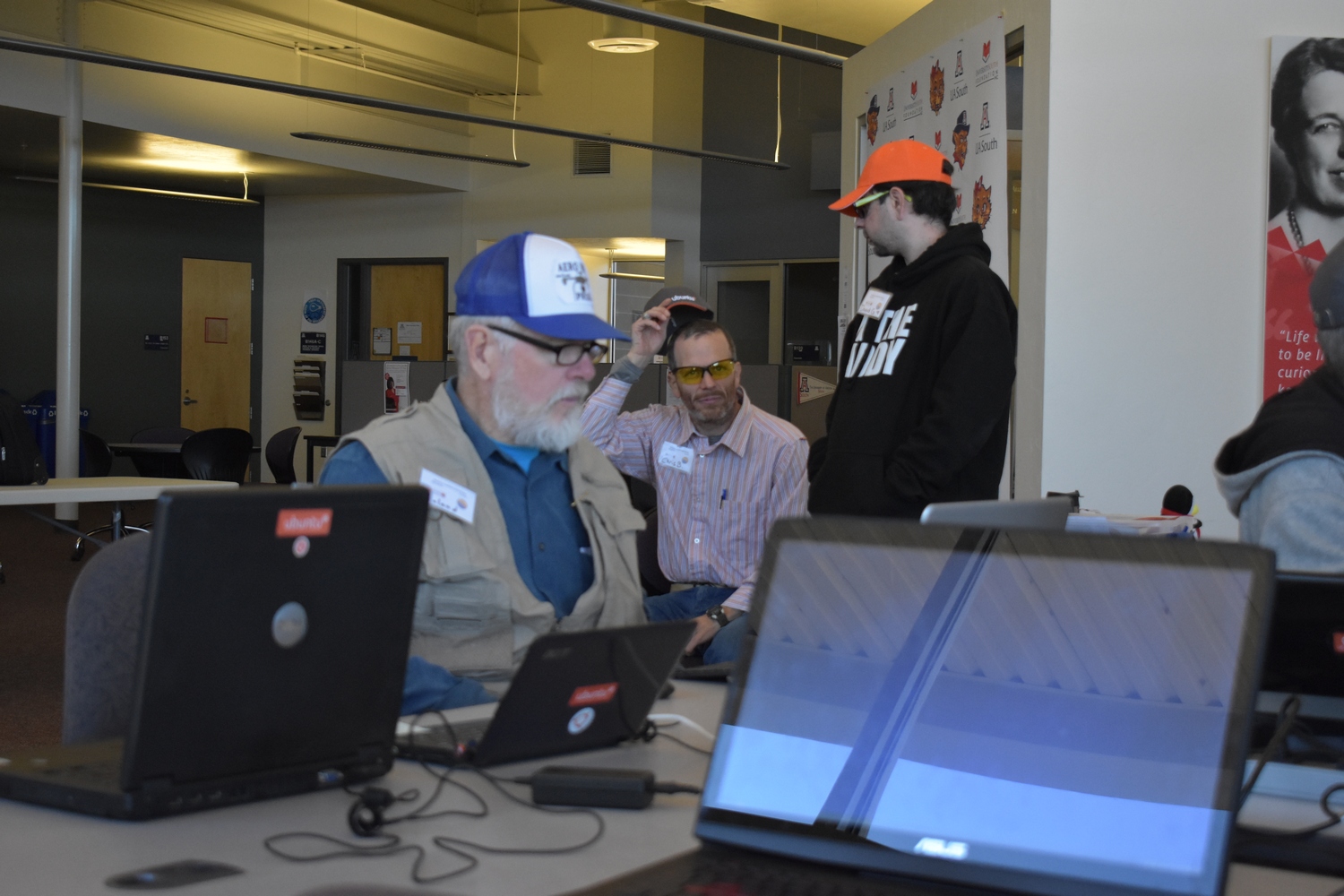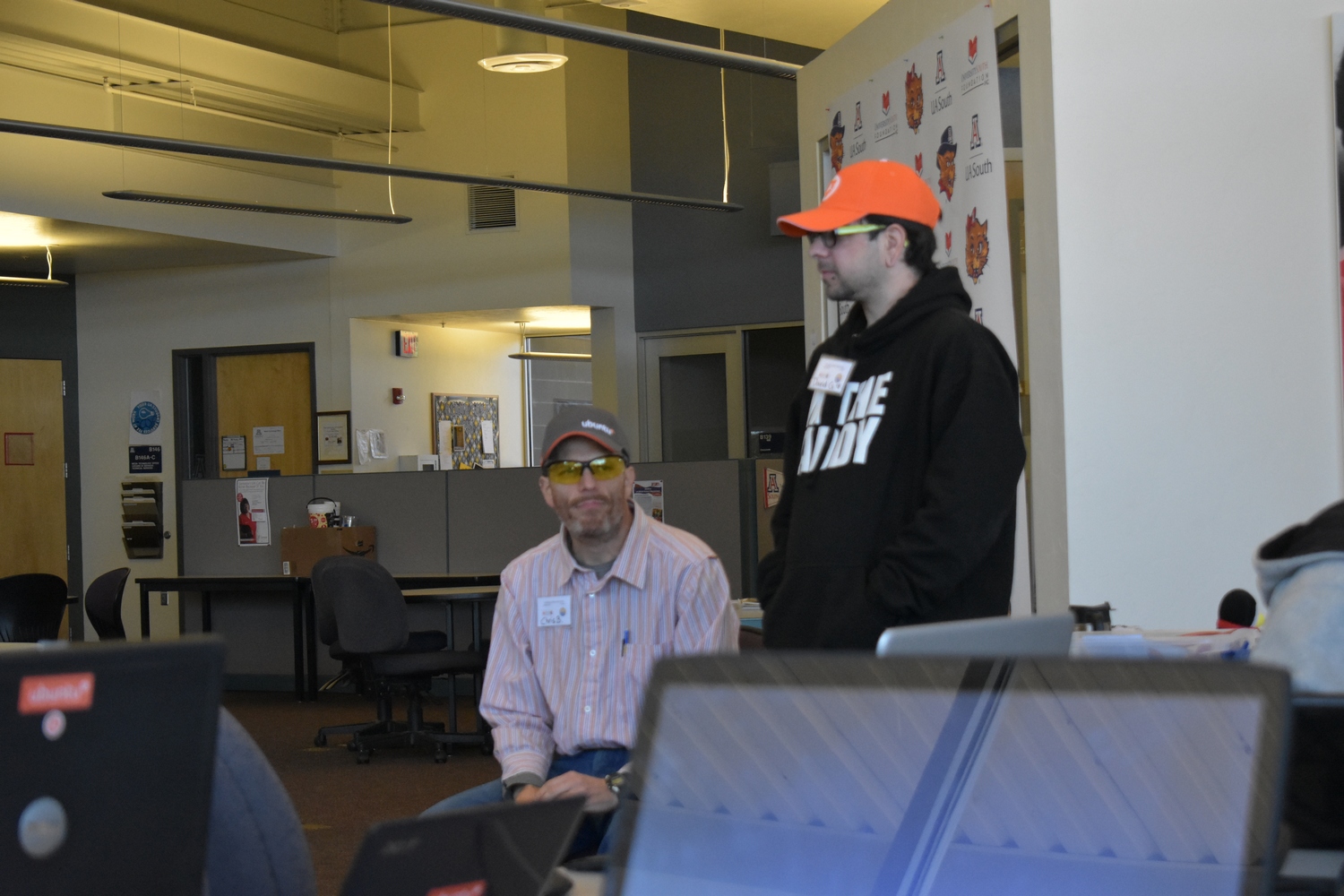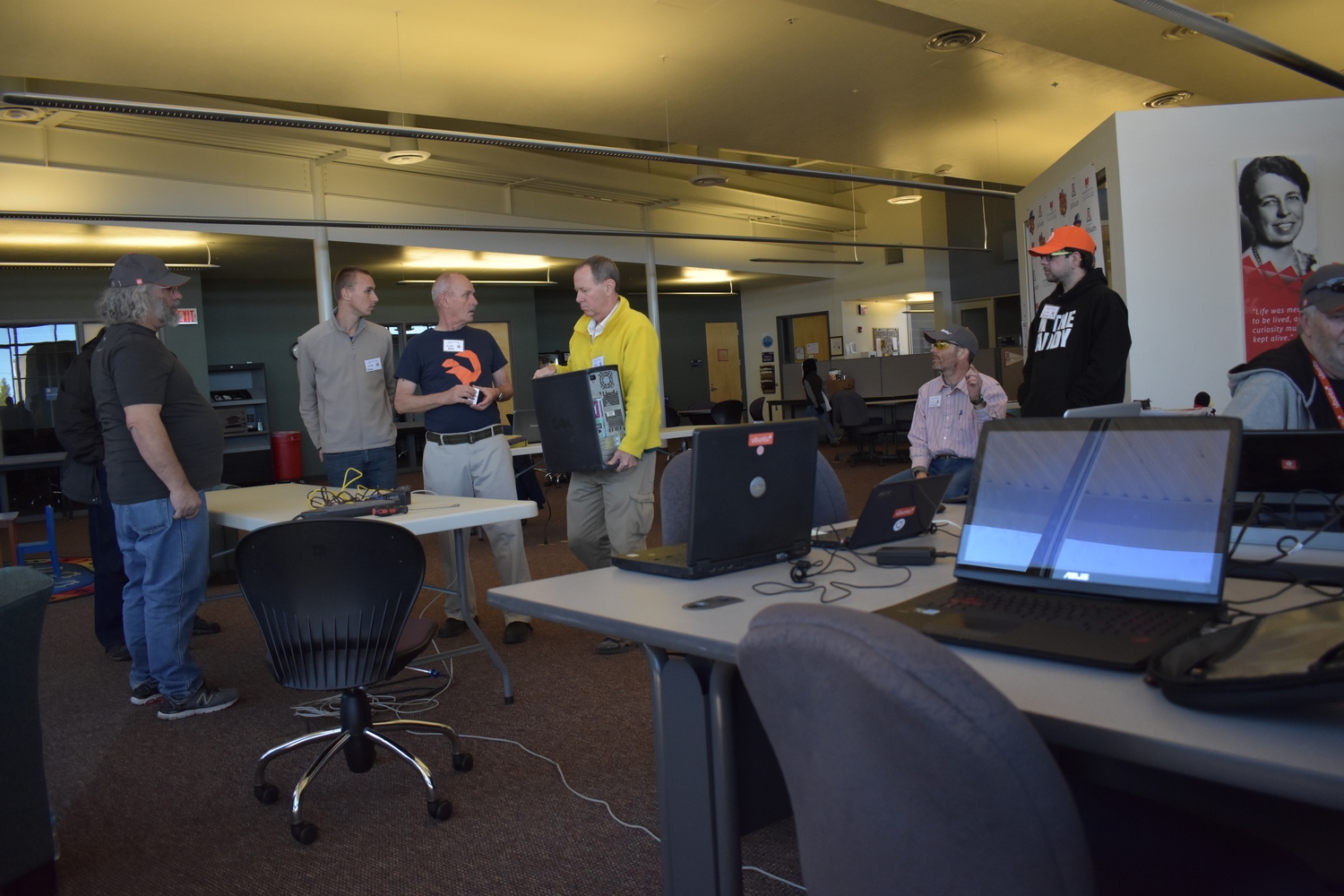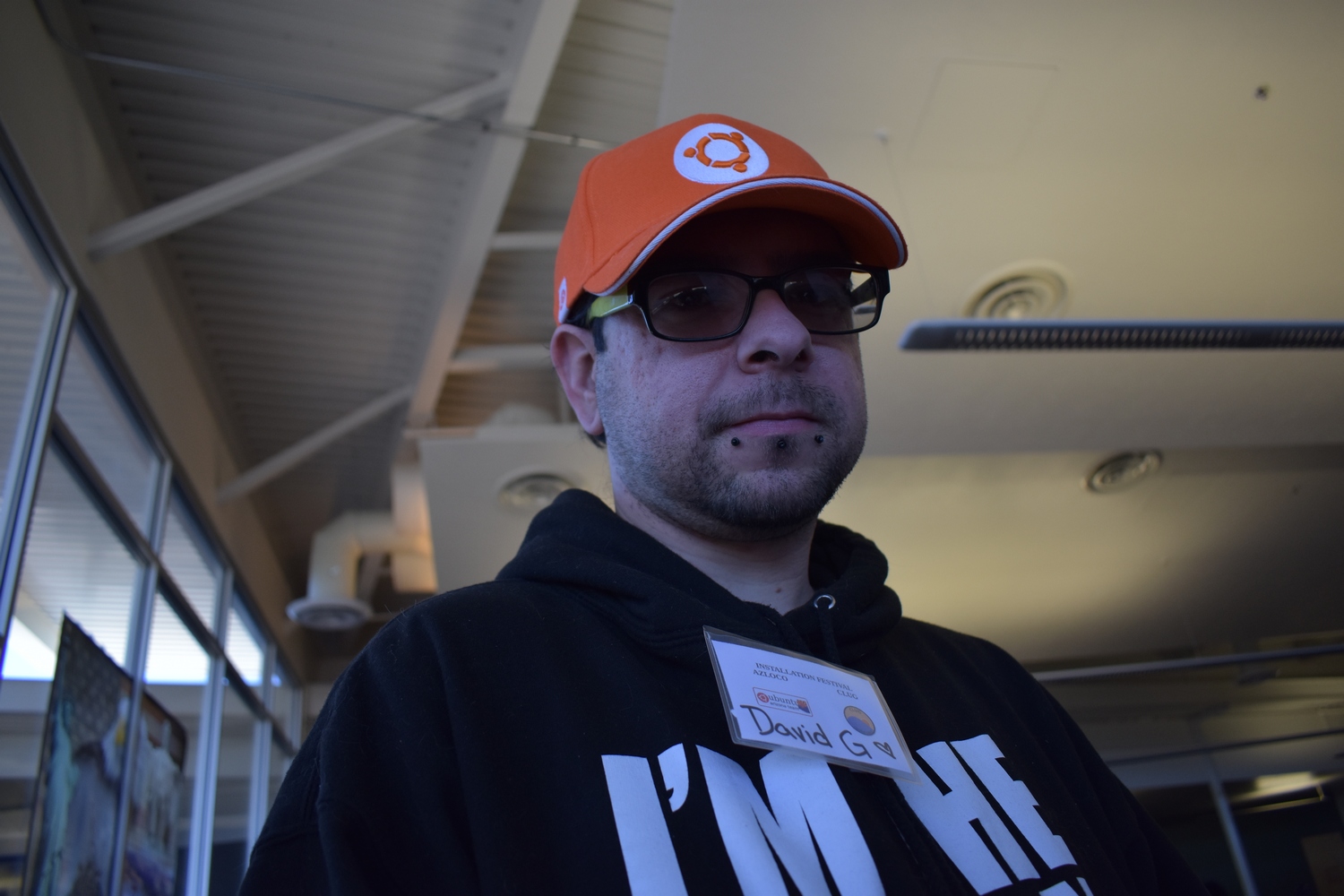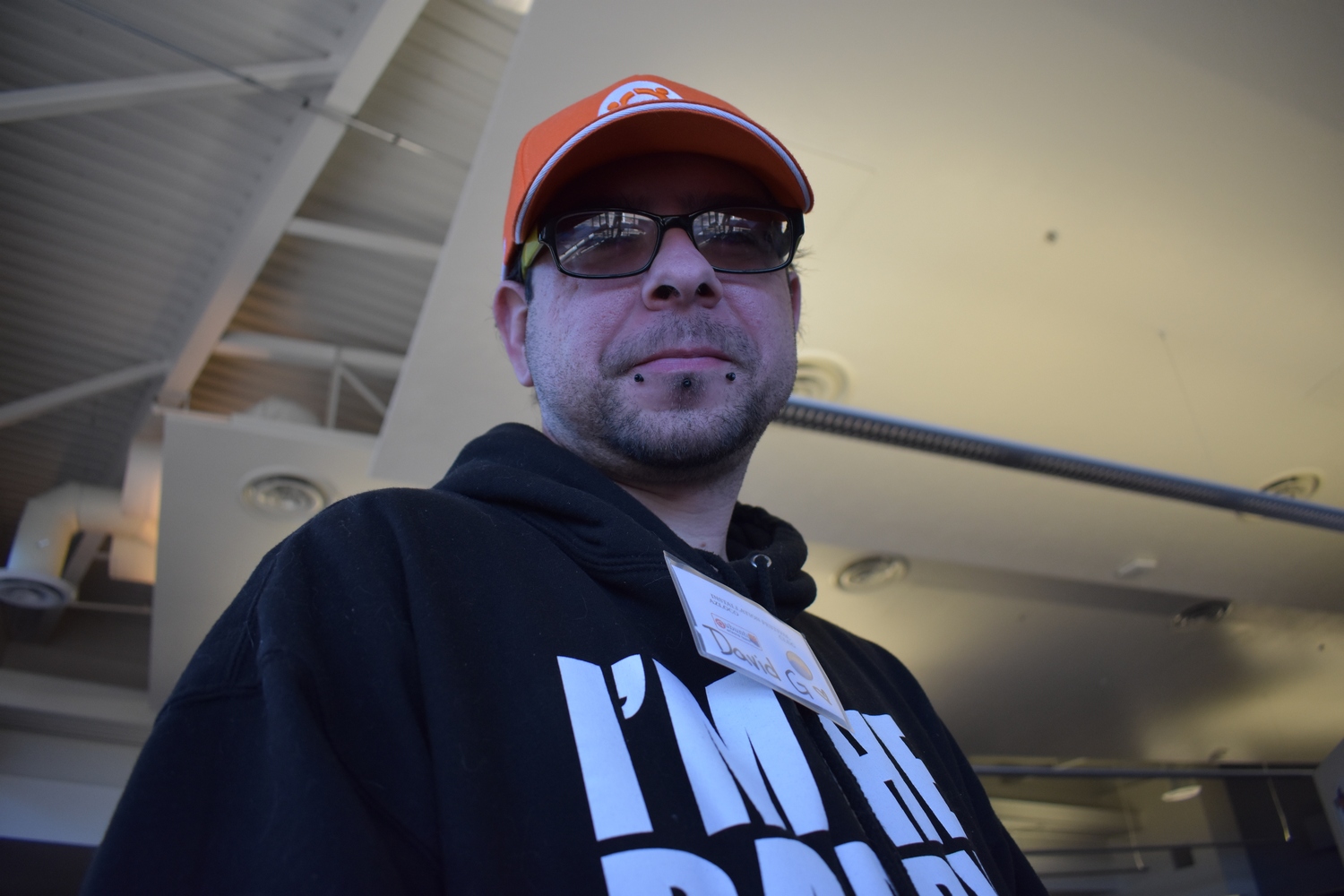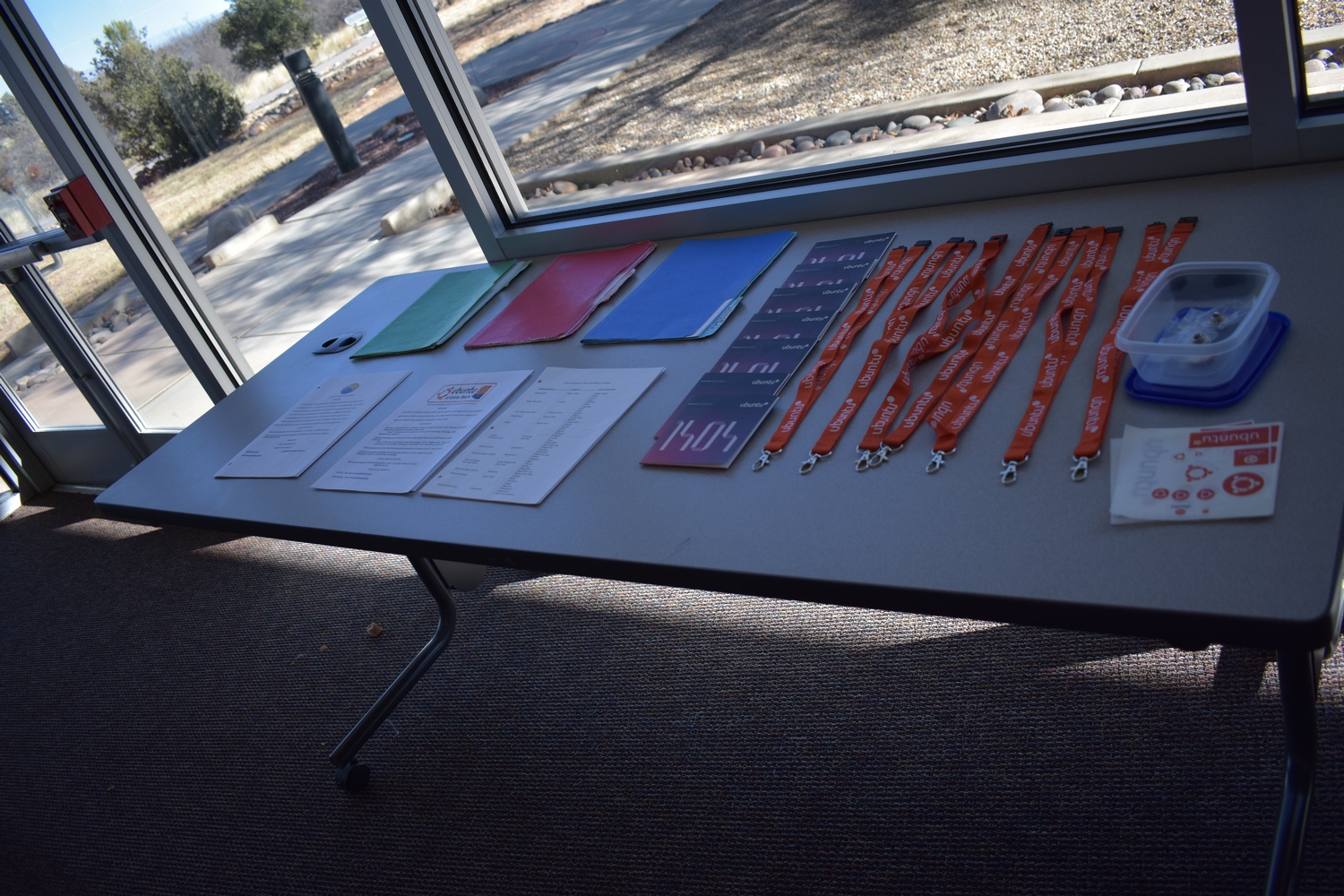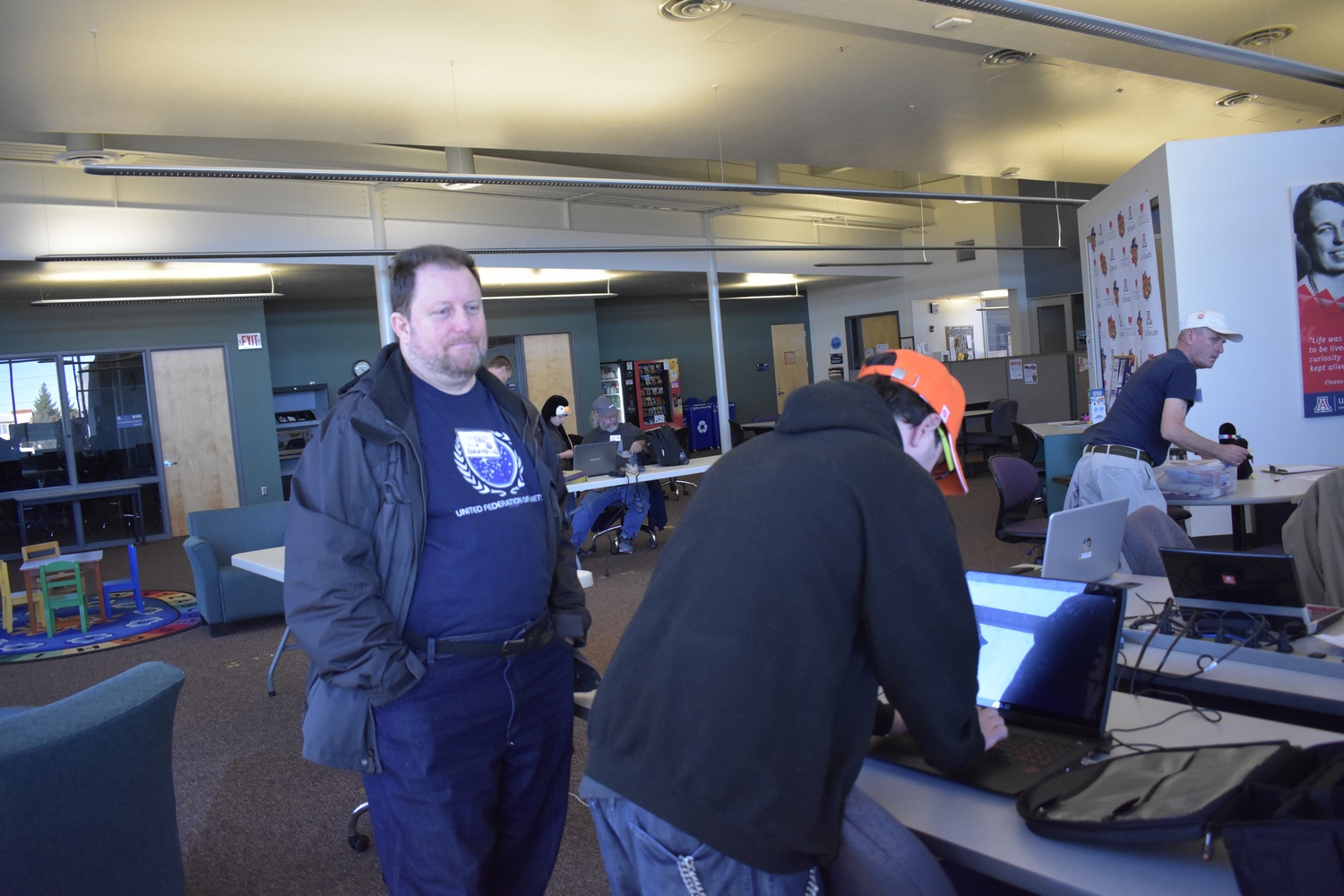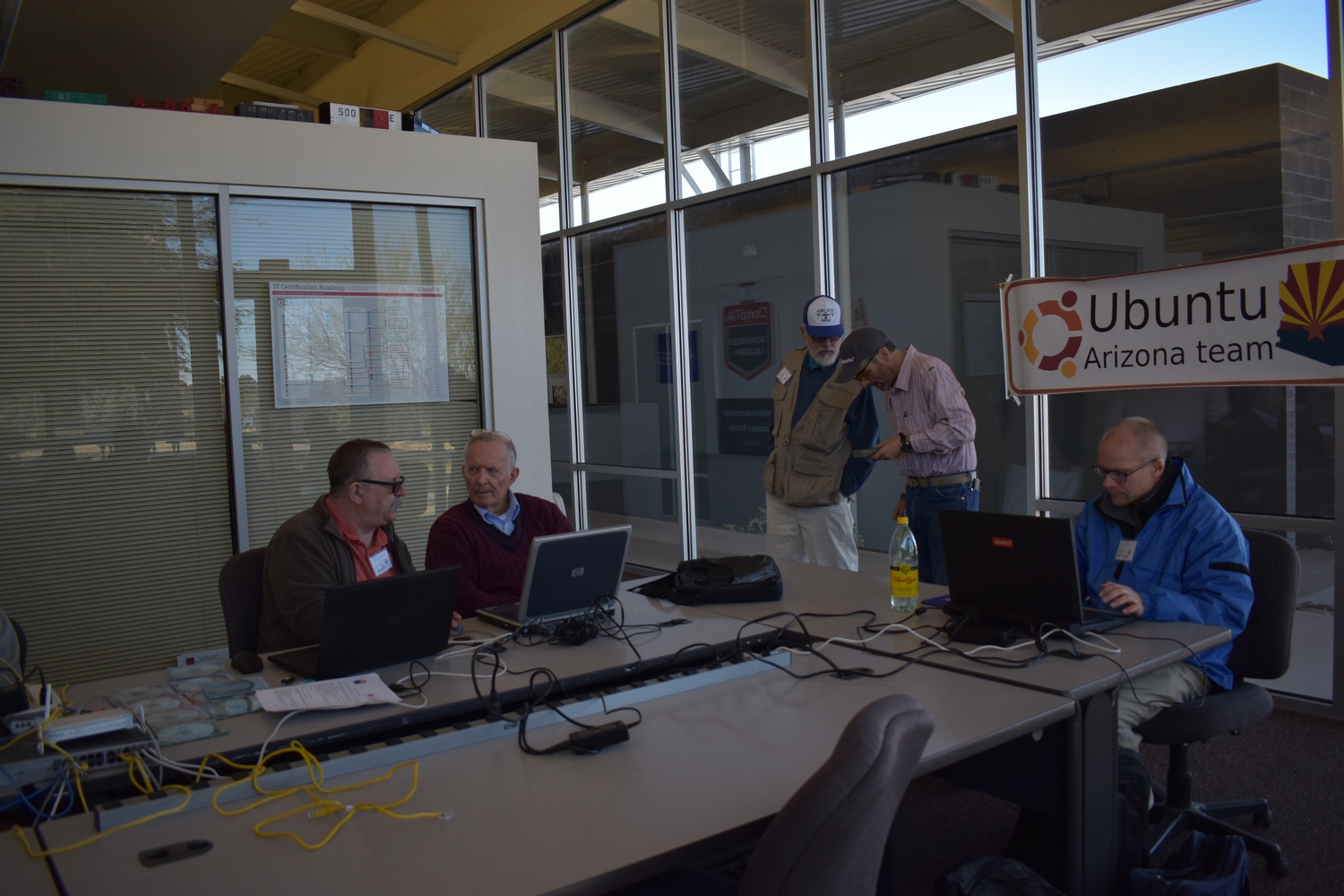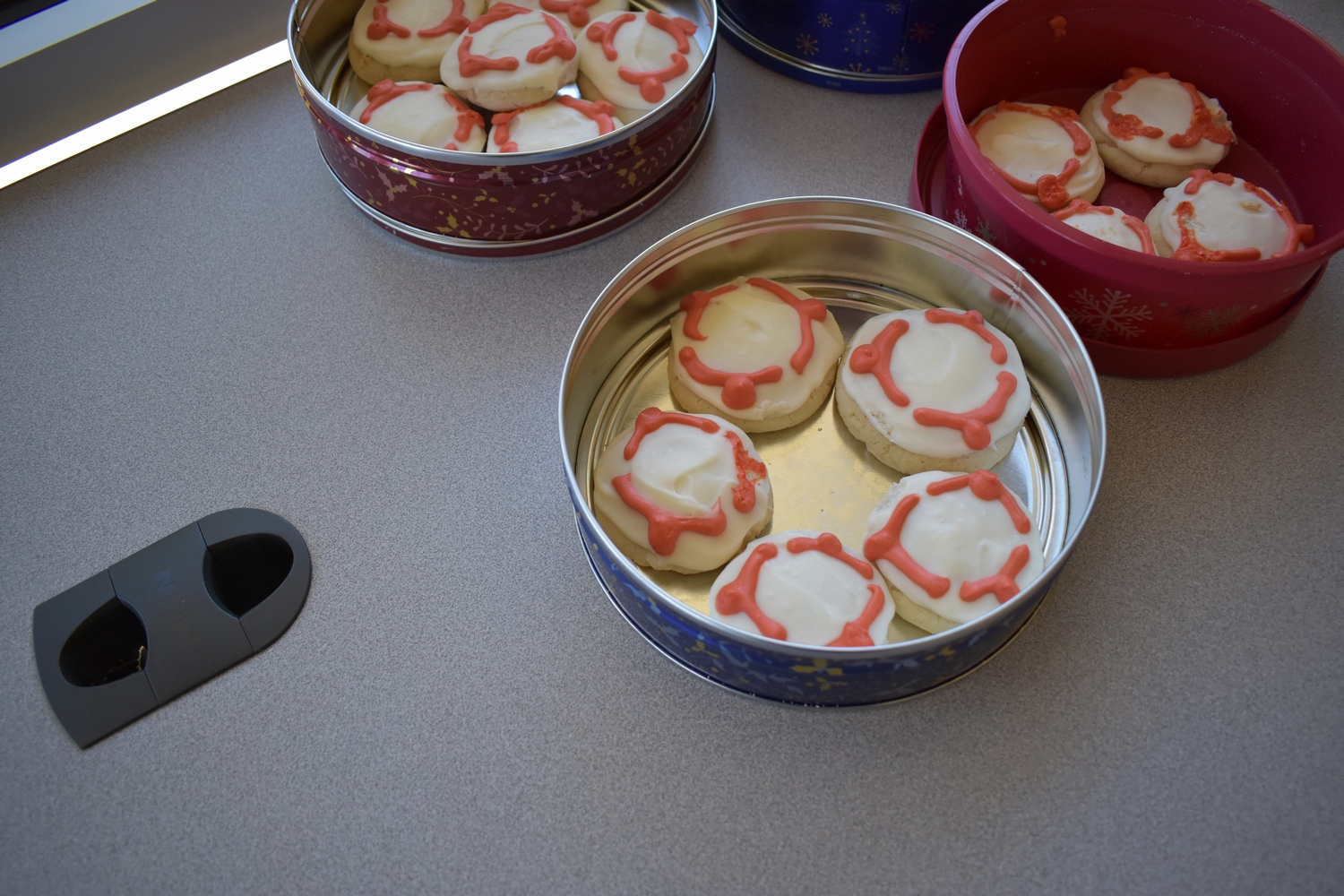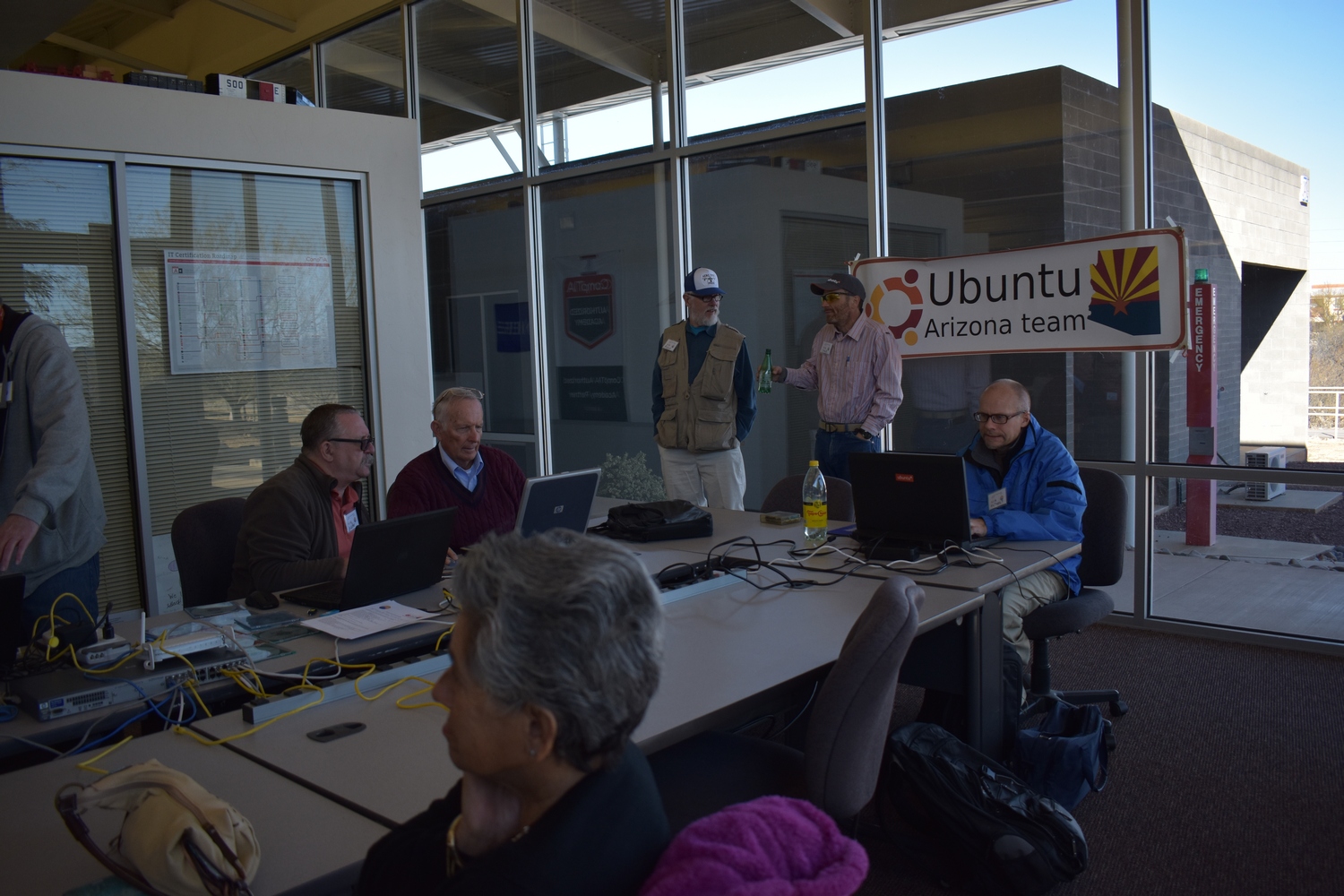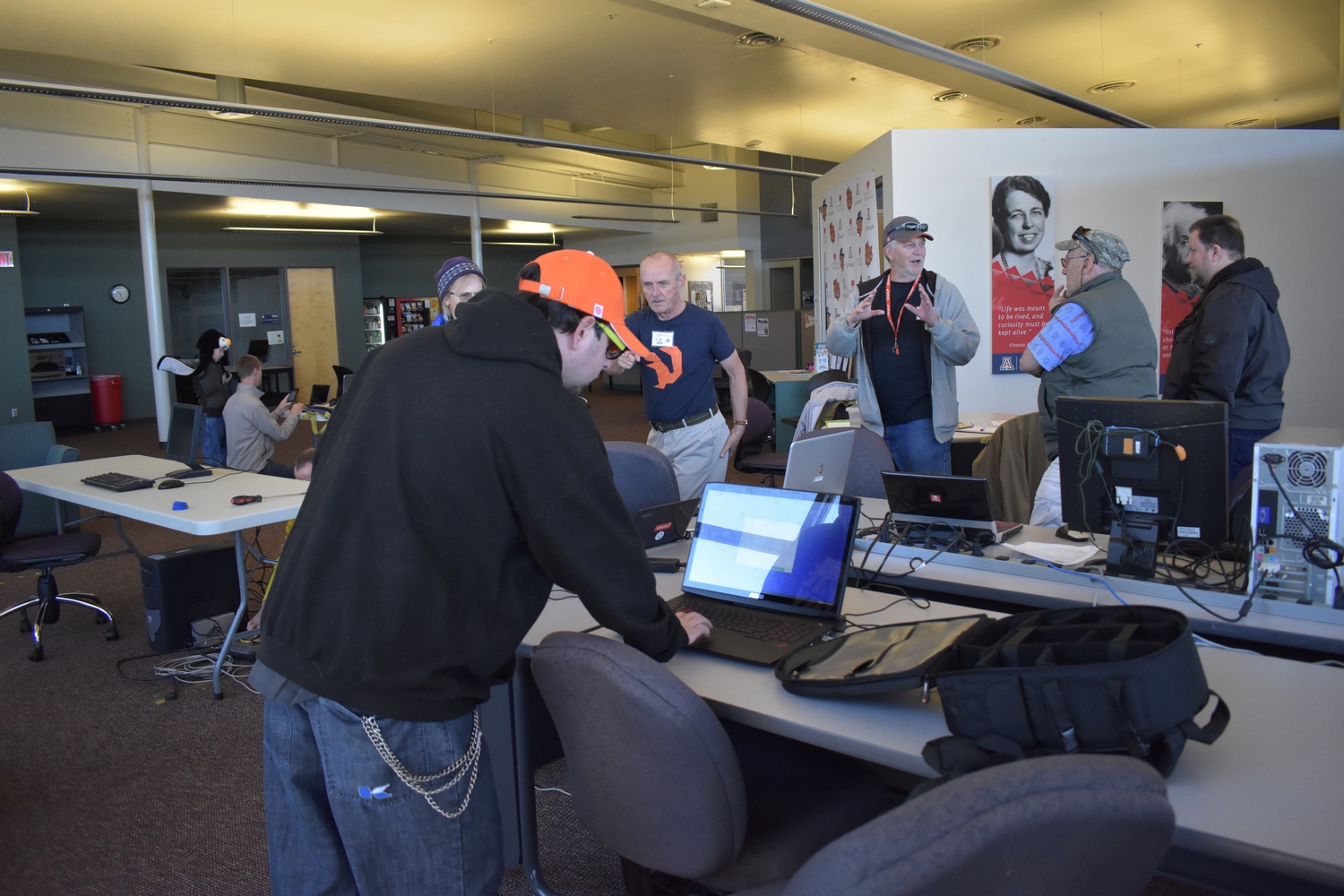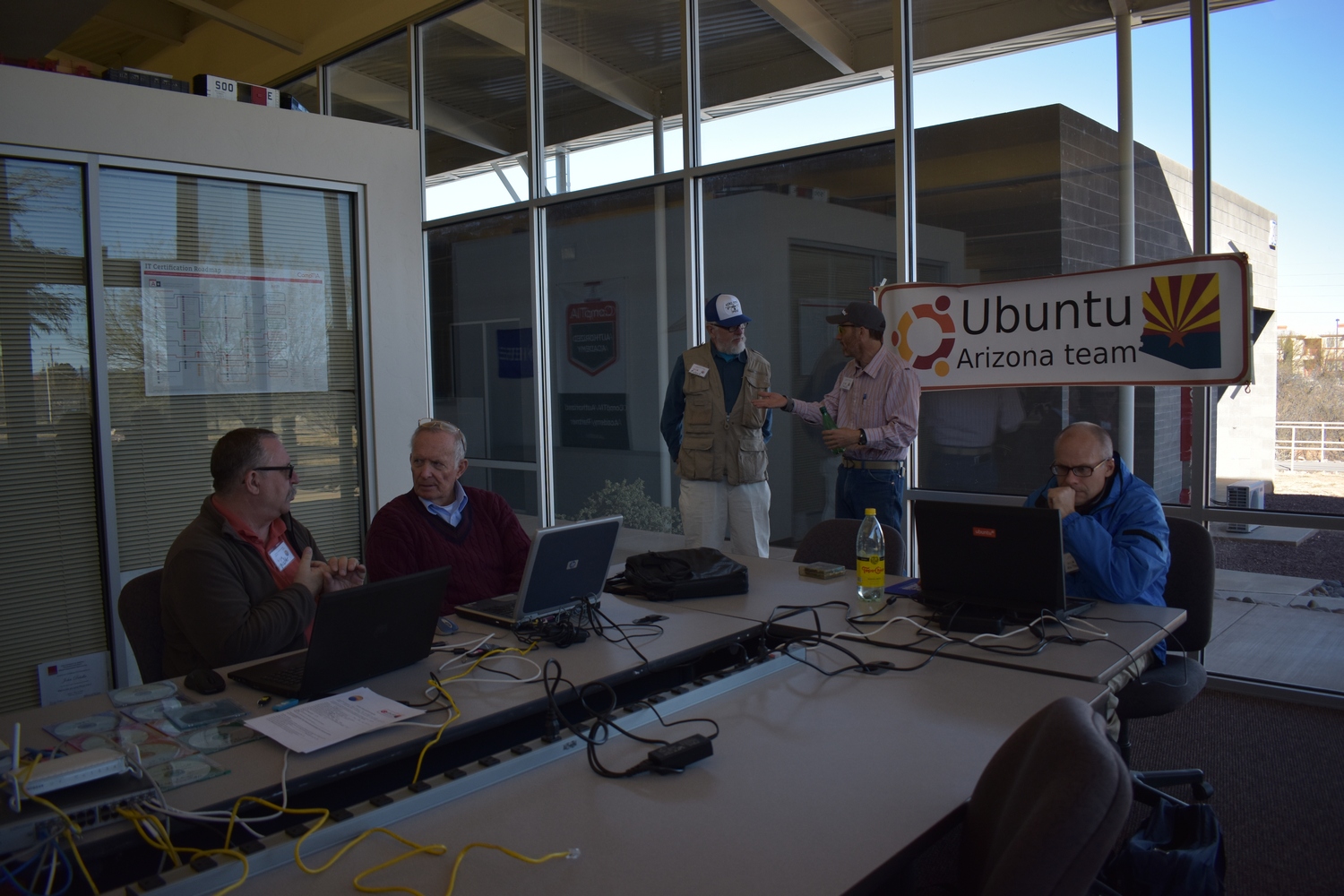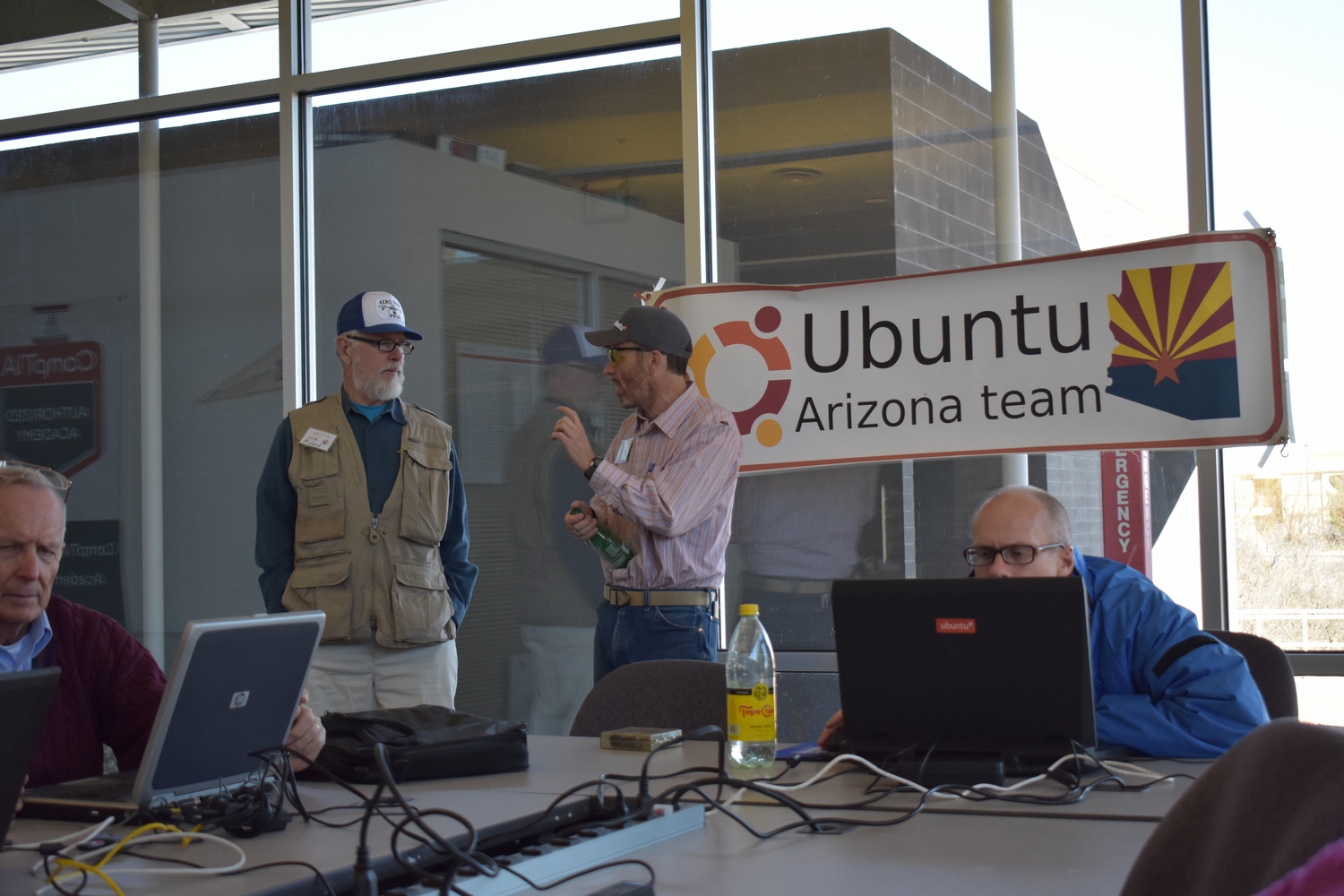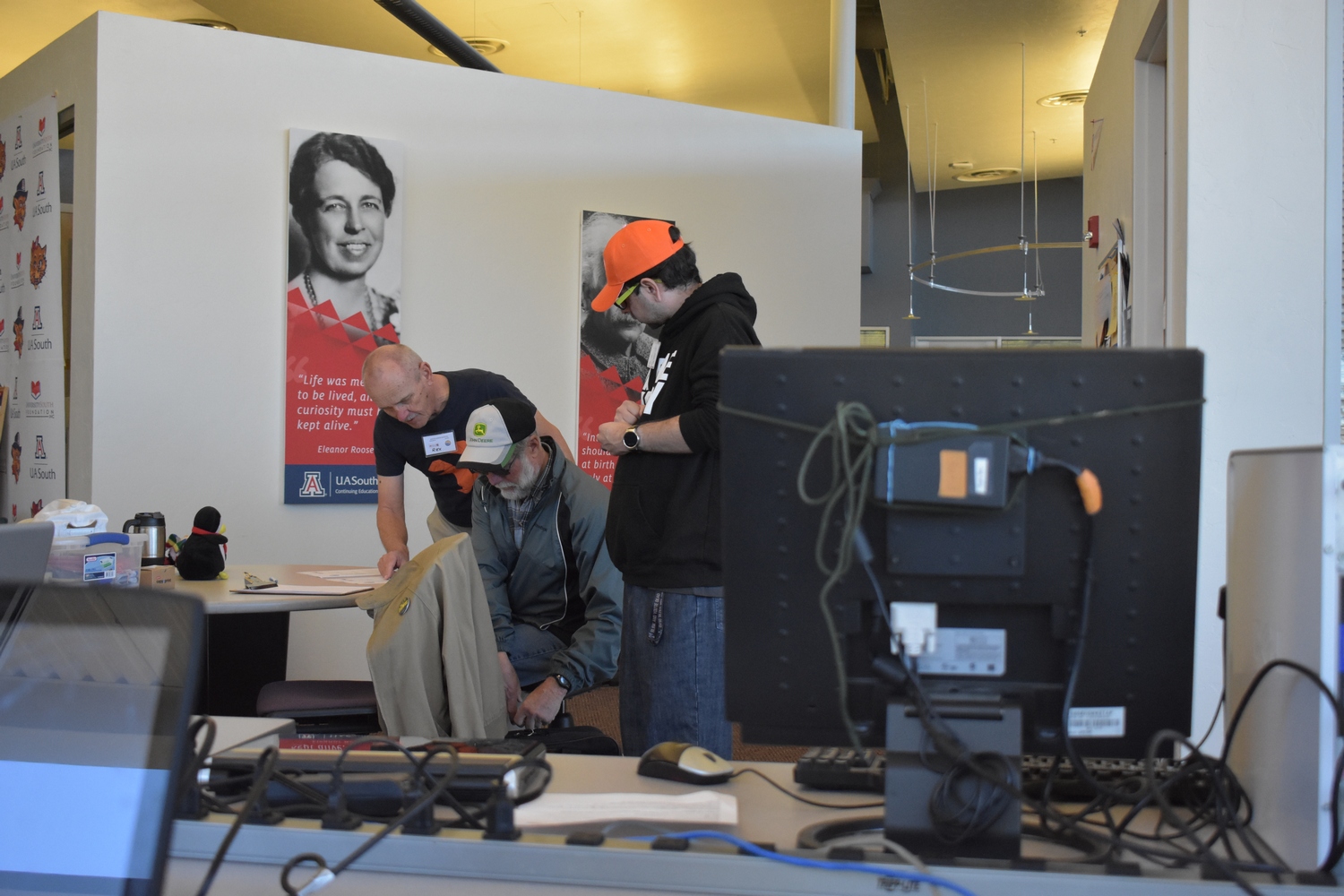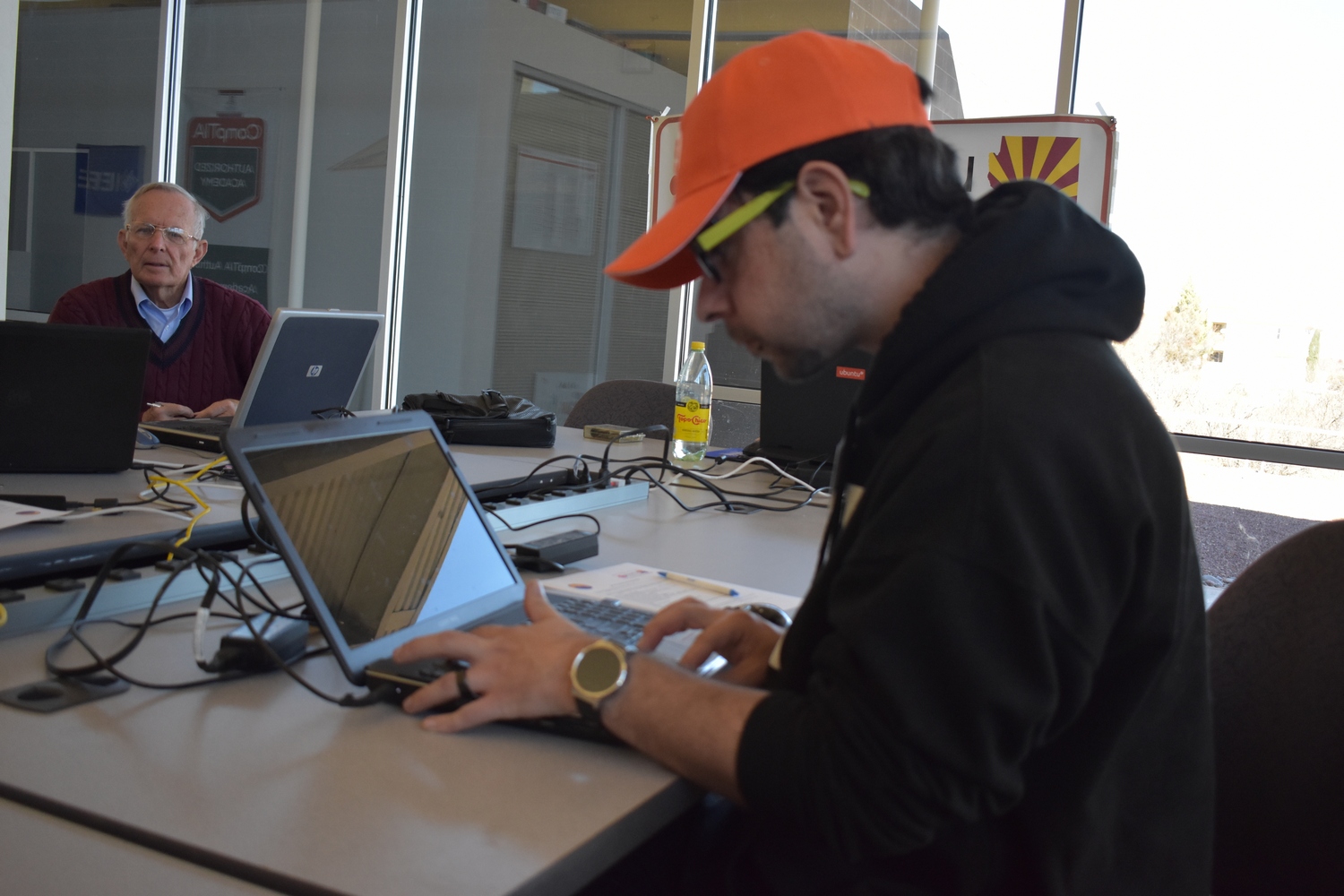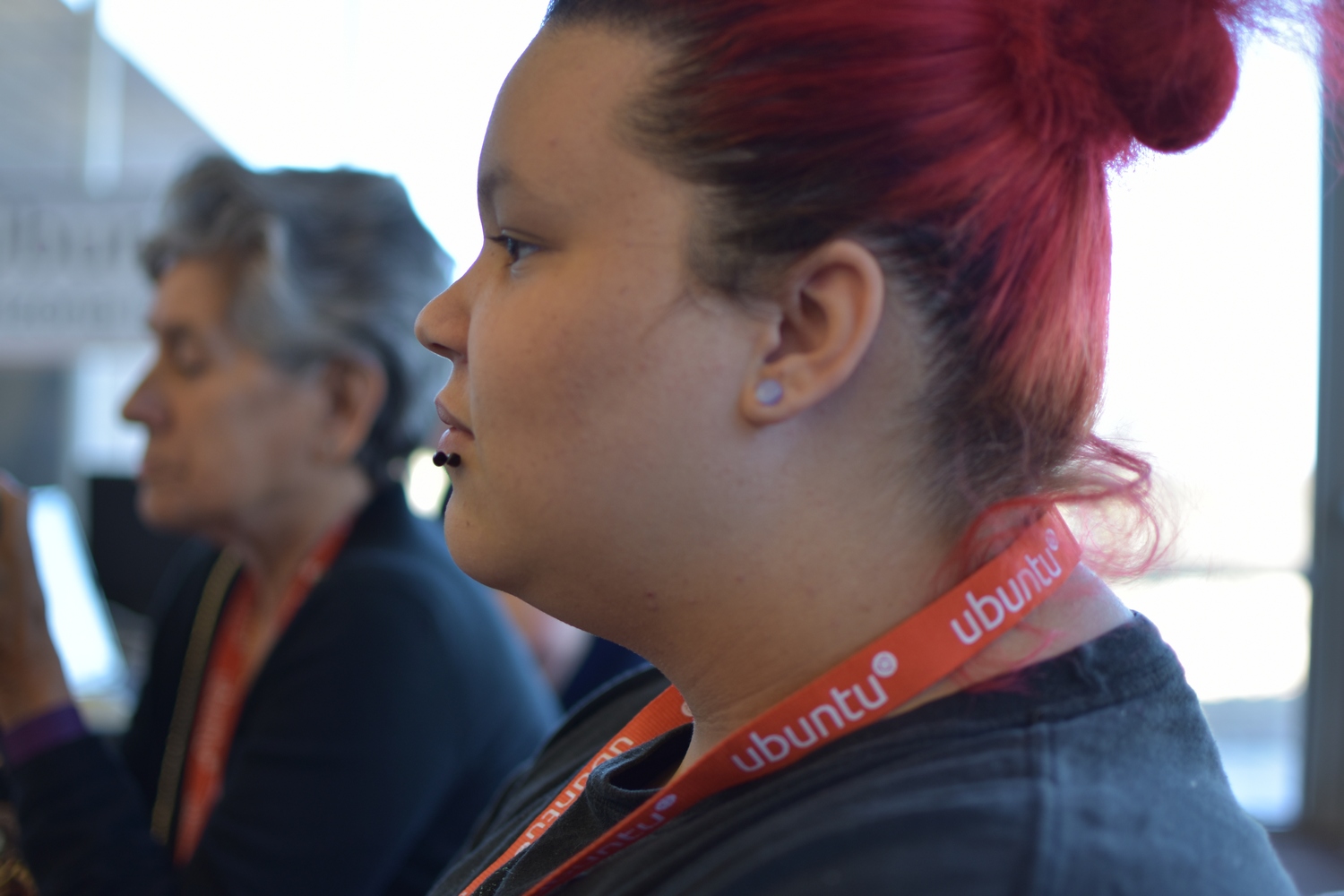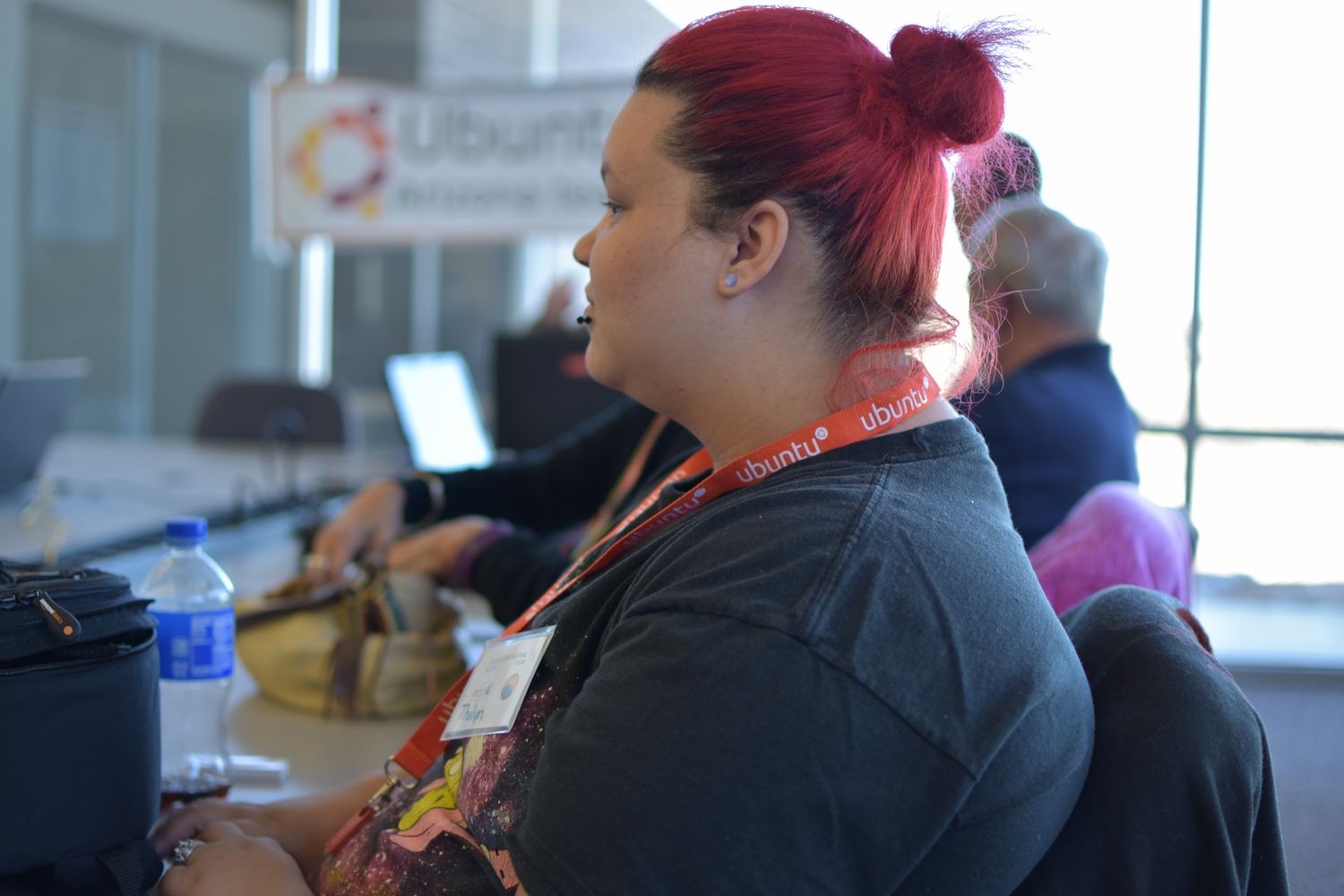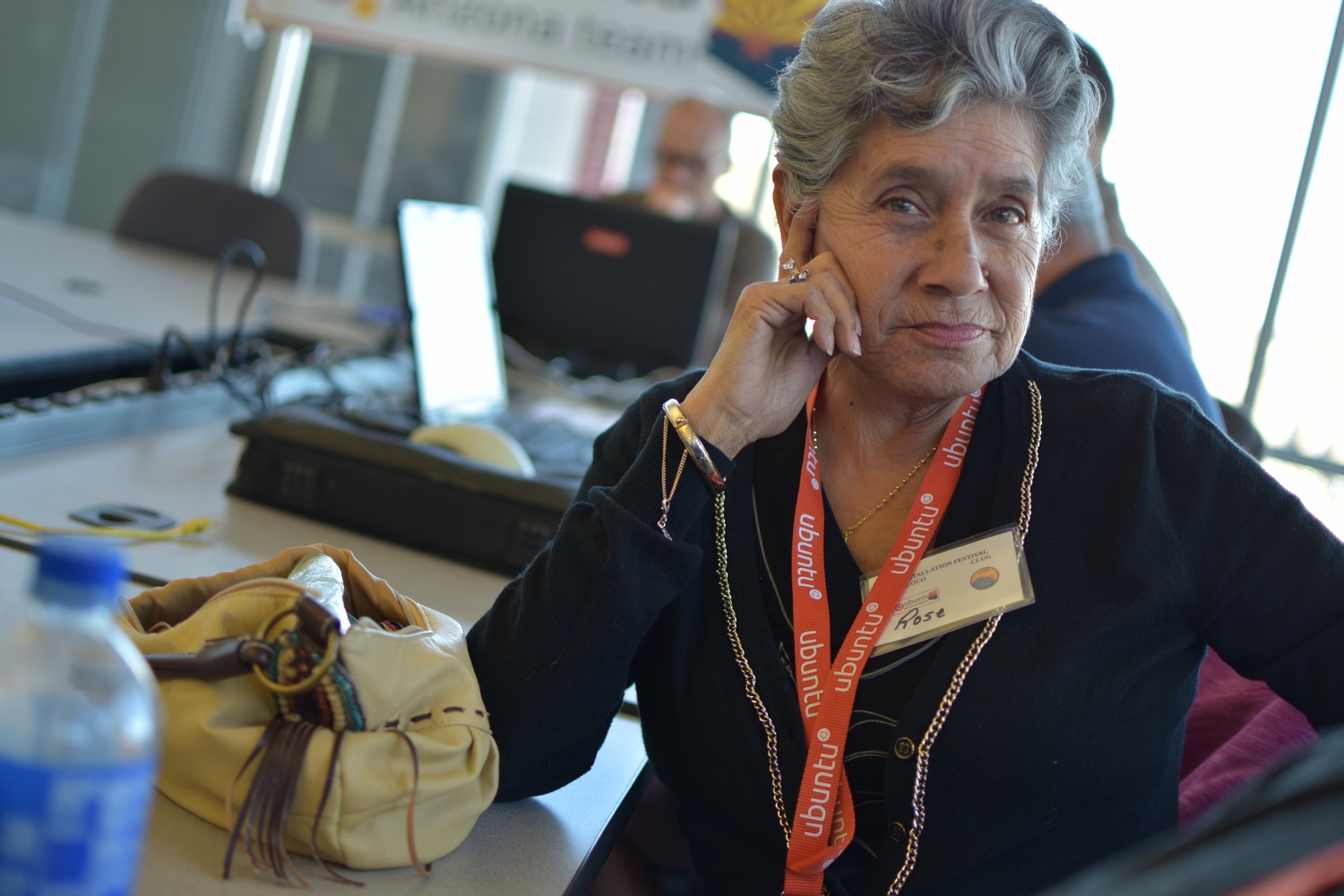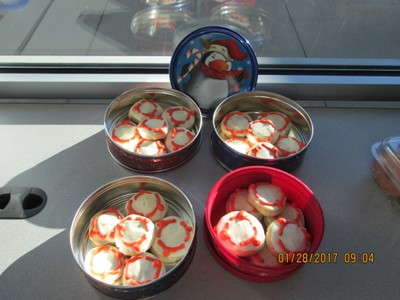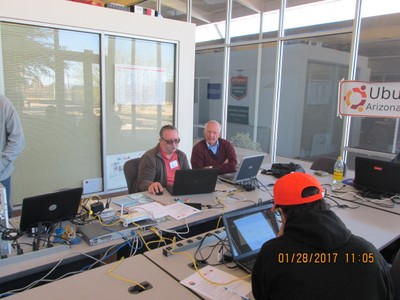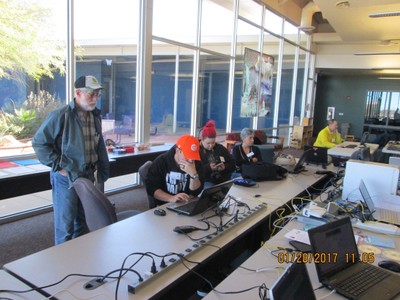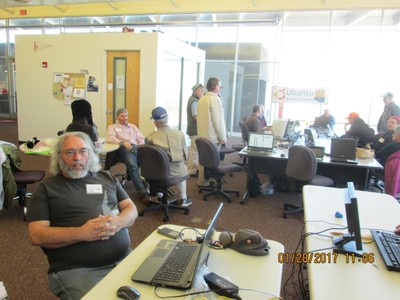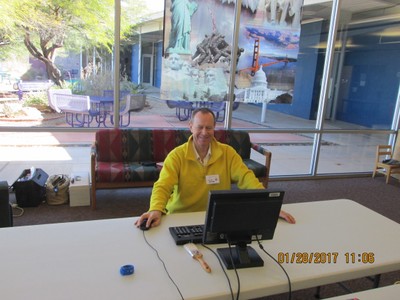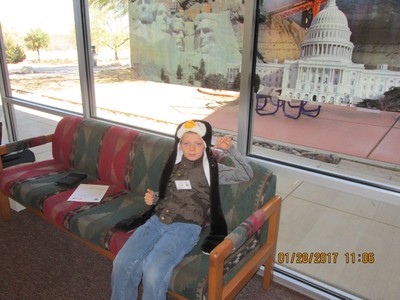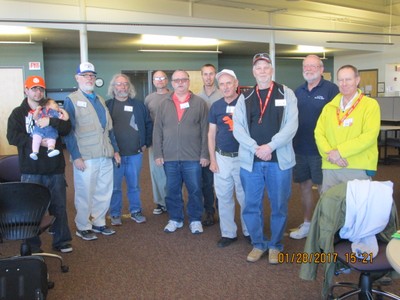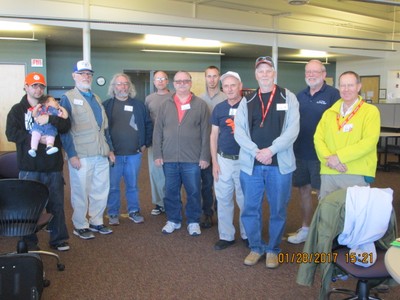Sierra Vista Installfest
The Cochise Linux User Group in conjunction with the Ubuntu Arizona Local Community Team conducted an Installation Festival on Saturday, 28 January 2017 at the University of Arizona South, Sierra Vista campus which was our gracious sponsor. Twenty two people attended the event which resulted in seven Ubuntu or Ubuntu “flavor” distributions being installed on personal computers. There were two dual boot installations done, Ubuntu with WinVista and Ubuntu Mate with WinXP. The other five installations were two Ubuntu, two Lubuntu, and one Ubuntu Mate.
PREPARATIONS:
-
Coordination for a location must be done early, 2-3 months before the scheduled date. We only seriously considered two locations, the University of Arizona South, Sierra Vista campus Learning Resource Center and the Sierra Vista public library conference room. The U of A location was selected because of the open area and ability to expand should we require additional room. The library would have limited us to roughly 14-20 people and it would have been very crowded. Coordination was done with Dr. John DeLalla, Director of Continuing Education at the U of A.
-
Publicizing the event started approximately one month before the event and took the form of flyers that were posted in various locations around town, posting a notice in the Cochise Trading Post, posting a notice on the Sierra Vista Herald’s on line web site which is also published in the newspaper generally the day before and the day of the event (http://www.svherald.com/calendar/#/) , asking Erik Petermann the Opinion Editor for the Herald to write up a “pitch” for us (which he did for two consecutive days), and sending copies of the flyer to the Group mailing list for distribution at their places of employment and worship. Dr John DeLalla further publicized the event with a University flyer since the event would be sponsored and hosted by them.
-
Hardware for the event was donated by various members of the CLUG and AZLOCO and remains on hand for future events. It includes switches, routers, and CAT-5 cables.
-
Software in the form of installation media, DVDs and USB thumb drives was created by Rex Bouwense, and remains on hand for future events.
-
Since the event was a co-sponsored event along with AZLOCO, a conference pack was requested from Canonical with Ubuntu SWAG which was passed out at the event. Items included Ubuntu lanyards, install disks, stickers, and pins.
-
Flyers with information about AZLOCO and CLUG mission, activities, and event dates as well as Free an Open Source Equivalents to proprietary software applications were distributed to individuals at the event.
-
Training of members on installation procedures took place at regularly scheduled CLUG meetings for those people who thought that they were a little weak or apprehensive about installing a Linux Operating System on a stranger’s computer.
-
We limited our installation ISOs to Ubuntu or Ubuntu “flavors” unlike AZLOCO who will install any Linux operating system on your computer. This allowed us to have install media on hand without a great deal of work because most of it was already created and in members’ possession.
-
Name tags were created for attending members and AZLOCO personnel.
LESSONS LEARNED:
-
Because we initially were not going to do dual boot installs there was no emphasis on defragging a computer before showing up for installation. When we opted to do dual booting, we failed to inform the public to complete the degragging before the event. Our only failure was a dual boot install attempt. The computer had not been defragged in many months if not years. The defrag was well over four hours when the customer stopped it. We need to stress that the customer must do that before arriving at the installfest and before bringing the computer in to have a dual boot installation performed.
-
The door was locked upon arriving at the Resource Learning Center. The U of A had changed their Saturday hours. Coordinate with the U of A to ensure that we can have access prior to the event to set up.
-
Have Mint 18 (32 bit and 64 bit) install media available on the off chance that a customer requests it. One customer wanted us to install Mint but there was no install media available so he chose to install Lubuntu.
-
Create a check list for our installers to ensure that appropriate information is provided to the customers post installation, how to update, where to change update preferences, etc.
-
Continue to stress that customers must back up any data that they want to keep because it may be lost during a dual boot install and will be lost during a whole disk install.
-
Conduct addition training for our members on installation procedures, dual boot and whole disk install. Especially how to free up a partition and enlarge it in a Windows environment. Some members were unsure how to proceed so additional in house training is required.
-
The use of a welcoming station worked well but only because we were not super busy. If we had been busier we may have required a separate host and a separate individual to ensure the installs are progressing on tract.
-
The host must ensure that the guest fills out and signs the questionnaire to the extent of even filling it out for him/her. No blank answers allowed. Then assign a member to perform the work.
